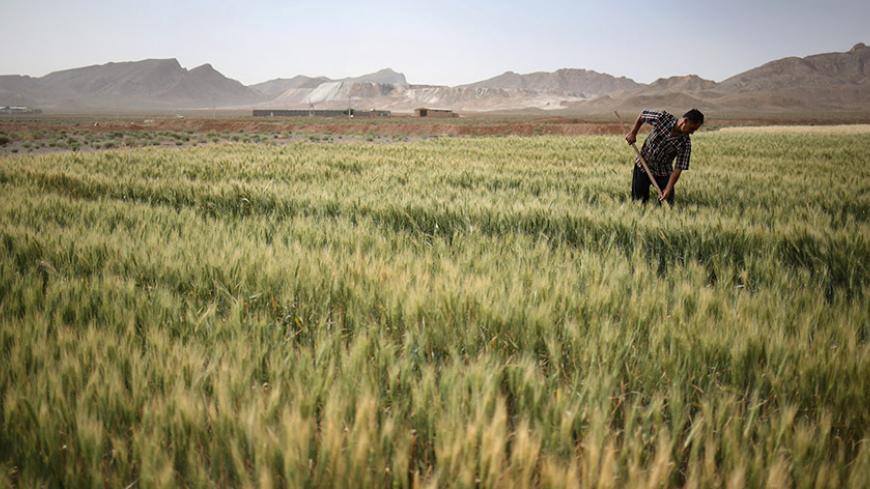TEHRAN, Iran — Iran is among the top wheat consumers in the world. Consumption per capita in the country is estimated at 167.6 kilograms (369 pounds) per year, almost three times the global average of some 67 kilograms (148 pounds). At the same time, Iran is one of the driest countries in the world, with an average rainfall of only 250 mm (10 inches) a year, causing huge water shortages across the country. This has turned the supply of wheat to meet domestic needs into one of the main concerns of successive governments, forcing reliance on imports at major costs.
A review of imports shows that Iran over the past 15 years spent some $12.6 billion on buying more than 42 million tons of wheat. Meanwhile, the country has simultaneously sought to attain self-sufficiency, which on occasion has led to success in either reducing or almost halting imports. However, these achievements were not sustainable, mainly due to mismanagement and climate conditions.



